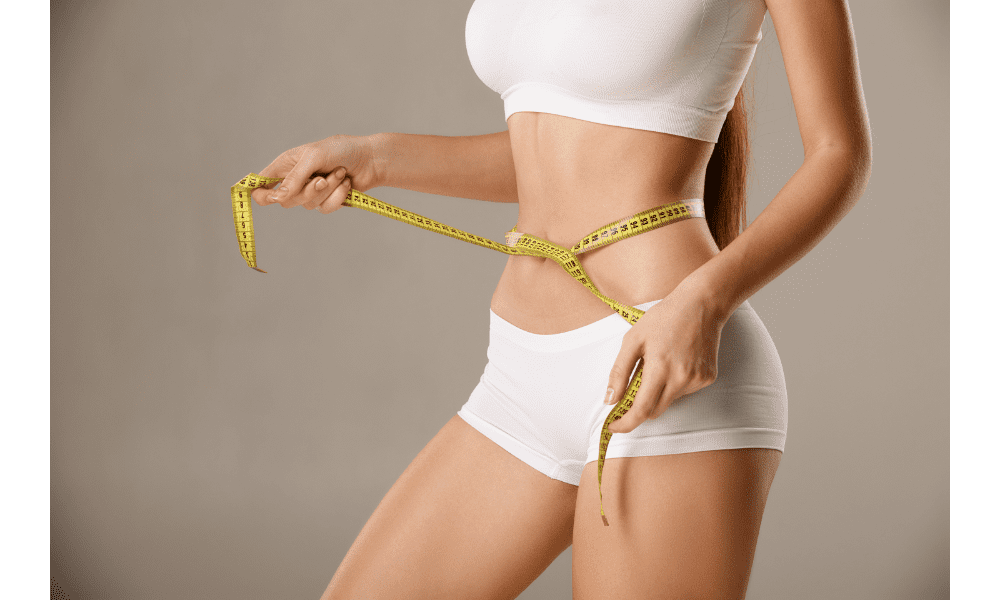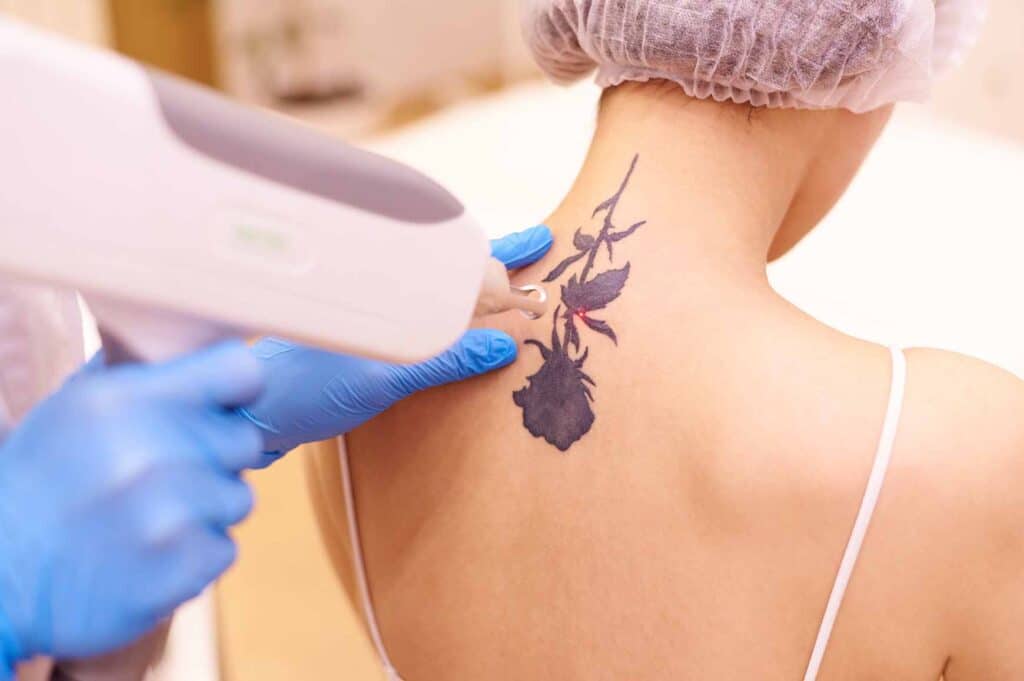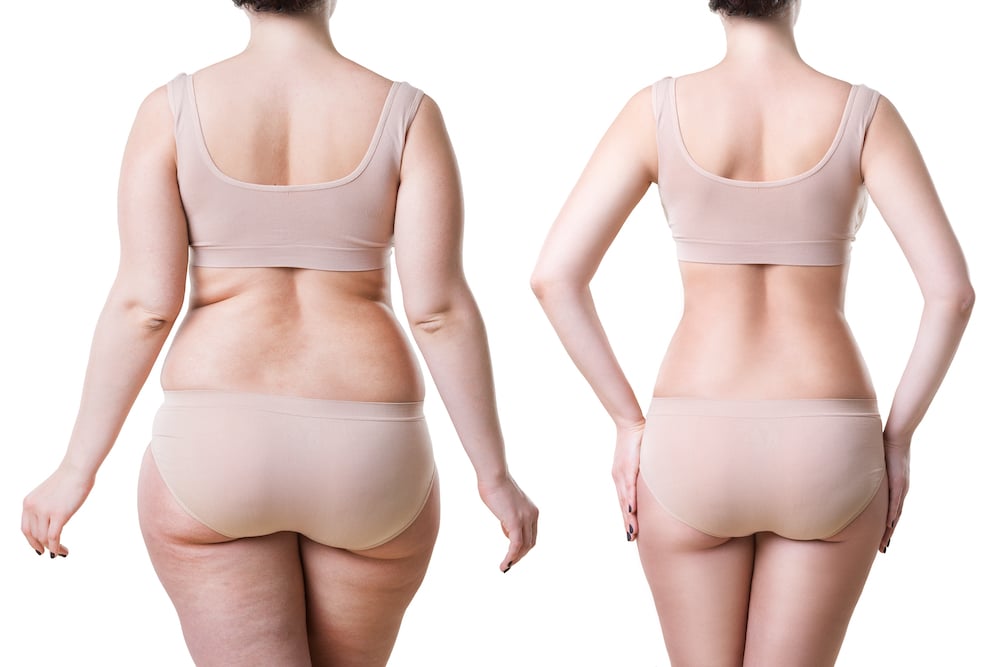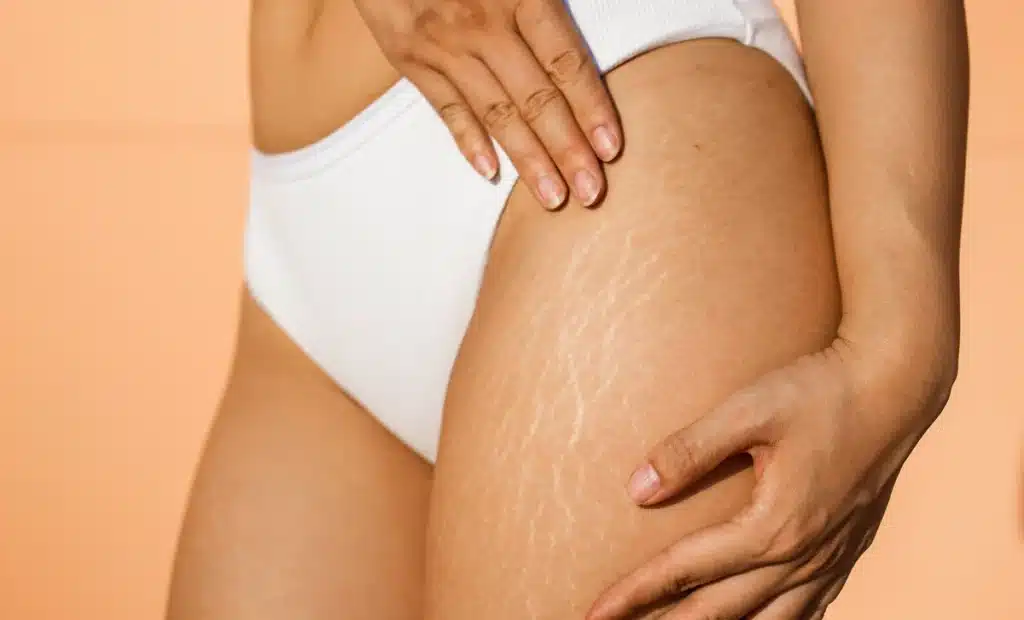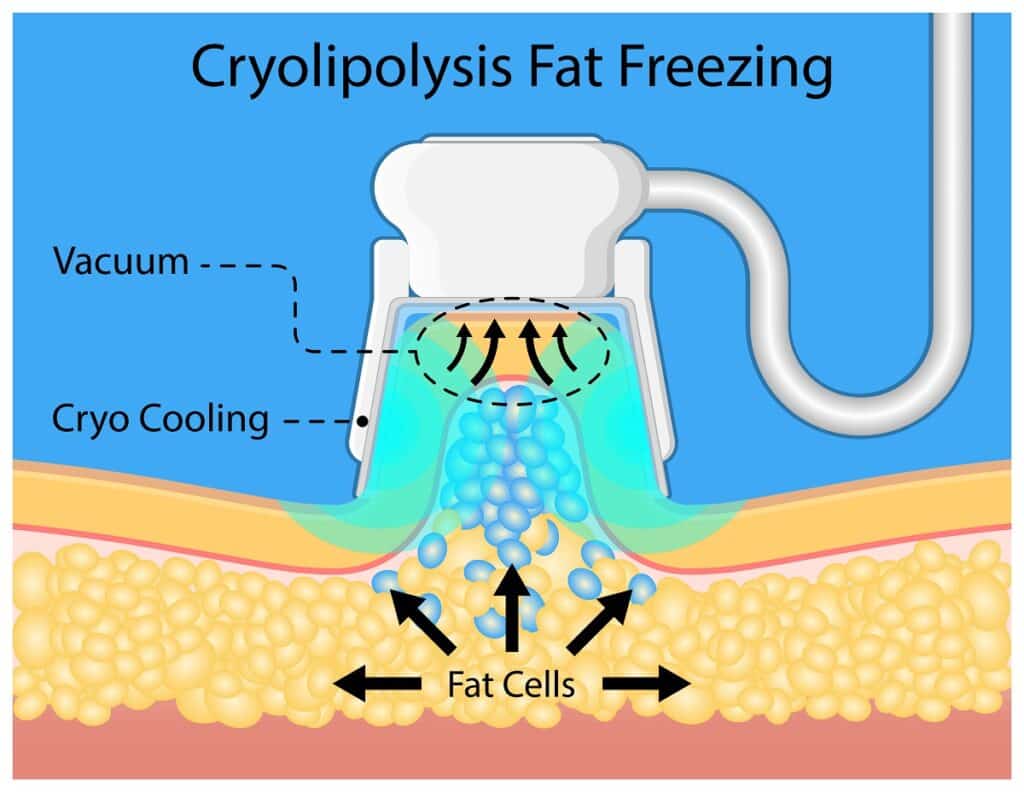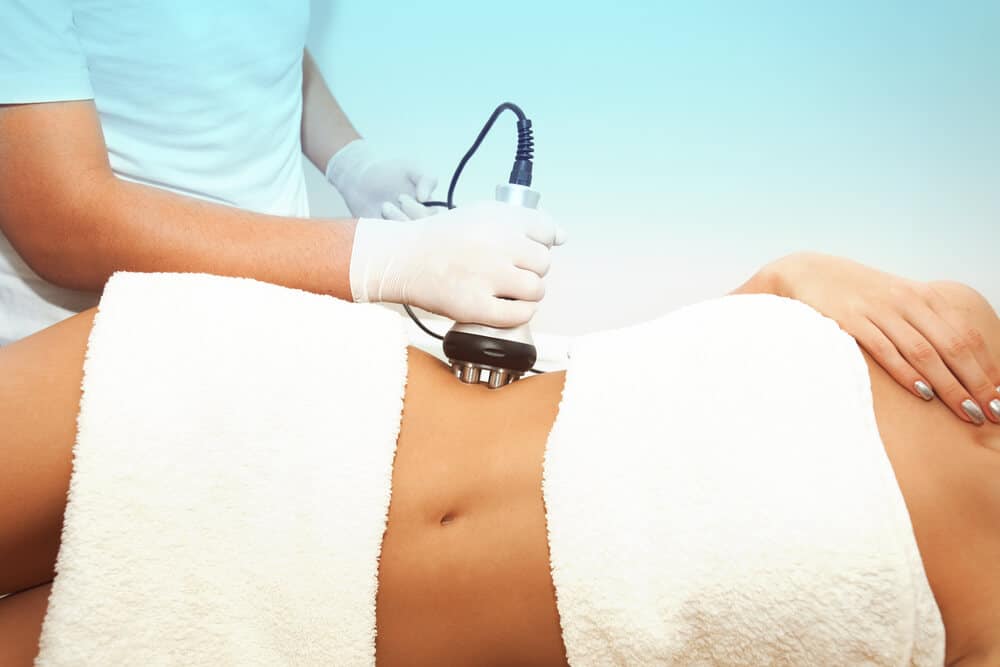Curious about what is gluteal augmentation? This procedure, also known as a butt lift or buttock enhancement, has become increasingly popular for augmentation purposes and smooth buttocks. Unlike traditional workouts that take time, gluteal augmentation offers immediate results with smooth buttocks and a true buttock lift. It’s a cosmetic surgery designed to enhance the shape and size of your backside, providing gluteal lift results. Whether you’re looking to boost your confidence or achieve a more balanced figure, this cosmetic procedure with natural butt implants might be the solution for smooth buttocks and a butt augmentation option.
Many people are opting for butt augmentation surgery to achieve their ideal body shape quickly. With advancements in medical technology, buttock lift and butt implants make it safer and more effective than ever. But like any surgery, such as buttock lift or butt implants, it comes with its own set of risks and considerations. Understanding these can help you make an informed decision.
Defining Buttock Augmentation
Cosmetic Procedure
Buttock augmentation is a cosmetic procedure. It aims to enhance the size, shape, and contour of the buttocks. Many people seek this procedure, such as butt augmentation surgery, butt implants, or a buttock lift, to improve their body’s appearance.
Buttock enhancement helps in achieving a fuller and more balanced figure. This can lead to increased self-confidence. The procedure can be customized to meet individual goals.
Silicone Implants
One method of buttock augmentation is using silicone implants. Surgeons place these implants within the buttocks. They provide a more defined and permanent shape.
Silicone implants are solid and durable. They come in various shapes and sizes. This allows for personalized results based on patient preferences.
Fat Grafting (Brazilian Butt Lift)
Another common method is fat grafting, often called the Brazilian Butt Lift (BBL). This technique uses the patient’s own fat. Surgeons remove fat from other areas of the body through liposuction for buttock lift, butt augmentation surgery, or butt implants.
The fat is then purified and injected into the buttocks. This method provides a natural look and feel. It also reduces the risk of rejection since it uses the patient’s own tissue in butt augmentation surgery.
Goals of Augmentation
The primary goals of buttock augmentation include:
- Improving body balance
- Boosting self-confidence
- Enhancing the buttocks’ prominence
Patients often seek this procedure, such as a buttock lift or butt implants, to achieve a more proportionate figure. A well-balanced body can make clothes fit better and improve overall appearance, but butt implants or a buttock lift can also enhance these effects.
Patient Considerations
Buttock augmentation patients should consider several factors before undergoing the procedure. It’s important to have realistic expectations. Consulting with a qualified surgeon is crucial.
Patients must follow post-surgery care instructions carefully. This ensures proper healing and optimal results.
Potential Risks
Like any surgical procedure, buttock augmentation risks exist. These may include infection, scarring, or implant displacement. Fat grafting may result in uneven fat absorption.
Patients should discuss all potential risks with their surgeon. Understanding these risks helps in making an informed decision.
Augmentation vs Lift
Augmentation
Buttock augmentation focuses on adding volume. It enhances the size and shape of the buttocks. Augmentation procedures can involve implants or fat transfer. Implants are made of silicone and placed inside the buttocks. Fat transfer, also known as the Brazilian Butt Lift, uses fat from other body parts.
Aging, genetics, and lifestyle affect the choice. People with flat buttocks often choose augmentation. Those who have lost volume due to aging may also opt for this surgery, such as butt implants or a buttock lift.
Lift
A buttock lift removes excess skin and fat. This procedure uplifts sagging buttocks. It does not add volume but improves tone and contour with butt implants. Surgeons remove extra skin and tighten the remaining tissue.
People with significant weight loss often need a lift. Aging can cause the skin to lose elasticity, leading to sagging, even around butt implants. Genetics also play a role in how the skin ages and sags.
Volume vs Tone
Augmentation surgery focuses on increasing volume. It makes the buttocks fuller and rounder. This is ideal for those lacking natural curves.
A lift aims to improve sagging and tone. It tightens loose skin and enhances the overall shape. This is best for those dealing with excess skin after weight loss or aging, but not for those considering a butt implant.
Choosing the Right Procedure
The choice between augmentation and lift, such as a butt implant, depends on individual needs. Someone looking for more volume should consider butt augmentation surgery. Those wanting to correct sagging butt should opt for a lift.
Consultation with a surgeon helps determine the best option. The surgeon will evaluate factors like skin elasticity, fat distribution, and overall health, including the butt.
Overview of Enhancement Surgeries
Surgical Options
There are several options for buttock enhancement. Implants, fat grafting, and lifts are the most common.
Implant surgery involves placing silicone implants in the buttocks. This increases volume and shape. Fat grafting, also known as the Brazilian Butt Lift (BBL), uses your body’s fat. Surgeons remove fat from other areas through liposuction and inject it into the buttocks. Lifts remove excess skin and tighten the area.
Importance of Qualified Surgeons
Choosing a qualified surgeon is crucial. A skilled surgeon ensures better results and reduces risks. Board-certified plastic surgeons have extensive training. They understand anatomy and surgical techniques.
Research your surgeon’s credentials. Look for board certification and patient reviews. Ask about their experience with buttock enhancement procedures.
Combining Procedures
Combining procedures can achieve optimal results. Some patients want more volume and less sagging skin. Surgeons can perform fat grafting and skin removal together.
This combination enhances shape and firmness. It provides a balanced look. Discuss your goals during the buttock enhancement consultation. A personalized plan will be created for you.
Gluteal Implants Explained
Process Overview
Surgeons insert silicone implants into the buttocks to enhance their size and shape. The procedure typically involves making an incision in the buttock crease. This helps hide scars. Surgeons then create pockets in the buttocks tissue where they place the implants. These pockets are usually above or below the butt gluteal muscle.
Safety Concerns
Many people worry about the safety and durability of buttock implants. Modern implants are made from medical-grade silicone, which is safe for use in the body, including the butt. However, like any surgery, there are risks. These include infection, implant displacement, and scarring. It’s crucial to choose a qualified surgeon to minimize these risks.
Candidate Criteria
Not everyone is a good candidate for butt gluteal augmentation surgery. Ideal candidates should be in good health and have realistic expectations but. They should also have enough buttocks tissue to cover the implants. People with certain medical conditions may not qualify for this surgery.
Durability of Implants
Buttock implants are designed to be durable. Most implants last for many years without issues. However, some individuals may need revision surgery over time. Regular check-ups with your surgeon can help monitor implant condition.

Recovery Period
The recovery period after gluteal augmentation surgery varies. Most people can return to light activities within two weeks. Full recovery usually takes several months. During this time, patients should avoid sitting directly on their buttocks to allow proper healing.
Risks and Complications
Every surgery carries risks, and gluteal augmentation, or butt surgery, is no different. Common complications include:
- Infection
- Implant displacement
- Scarring
- Asymmetry
Choosing a skilled surgeon reduces these risks significantly.
Brazilian Butt Lift Basics
Procedure Overview
The Brazilian butt lift involves transferring fat from other body parts to the buttocks. This technique is known as fat grafting. Surgeons first perform liposuction on areas like the abdomen, thighs, flanks, or butt. They then purify the extracted fat and inject it into the buttocks. This method enhances the shape and size of the butt cheeks.
Fat grafting has gained popularity due to its dual benefits for the butt. It contours the areas where fat is removed while increasing buttock volume. Patients often prefer this over implants because it uses their own tissue, such as from the butt.
Dual Benefits
The Brazilian butt lift offers two main advantages. First, it sculpts the body by removing fat from unwanted areas like the butt. This can include the stomach, love handles, or thighs. Second, it enhances the upper buttocks, creating a fuller and rounder appearance.
Patients achieve a more balanced figure with this procedure. The removal of excess fat results in a slimmer waistline and butt. At the same time, smooth buttocks are achieved through careful fat injection. This leads to an overall improved body contour.
Recovery Process
Recovery from a Brazilian butt lift requires careful attention. Patients must follow post-operative instructions for optimal results. These guidelines include avoiding sitting directly on the butt for at least two weeks. Special cushions can help alleviate pressure on the butt during this period.
Swelling and bruising are common after surgery. These symptoms typically subside within a few weeks. Wearing compression garments helps reduce swelling and supports healing. Most patients return to normal activities within four to six weeks.
Post-Operative Care
Proper post-operative care is crucial for successful outcomes. Patients should avoid strenuous activities for several weeks. Light walking is encouraged to promote circulation and reduce the risk of blood clots.
Following a healthy diet aids in recovery and maintains firm buttocks results. Staying hydrated and eating nutrient-rich foods support tissue healing. Regular follow-up visits with the surgeon ensure that recovery is progressing well.
Long-Term Results
Results from a Brazilian butt lift can be long-lasting with proper maintenance. Significant weight fluctuations can affect outcomes, so maintaining a stable weight is important. The transferred fat cells need time to establish blood supply in their new location, such as the butt.
Most patients see final results within six months post-surgery. The enhanced backside and contoured body provide lasting satisfaction when paired with a healthy lifestyle.
Benefits of Augmentation
Aesthetic Improvements
Butt augmentation offers significant aesthetic benefits. It enhances body proportions, making the waist look smaller. Many people seek butt augmentation procedures to achieve a more balanced figure. This can be especially beneficial for those with naturally flat buttocks.
A well-proportioned body often boosts confidence. Improved body shape can positively impact how one feels in clothes. Many find that their clothing fits better after surgery.
Psychological Benefits
Improved self-esteem is another key benefit. Feeling good about one’s appearance can lead to higher confidence levels. This can affect various aspects of life, including social interactions and professional opportunities.
People who undergo butt augmentation often report feeling more attractive. This can enhance their overall quality of life.
Addressing Asymmetry
Buttock augmentation can correct asymmetry issues. Some individuals have uneven buttocks due to genetics or weight fluctuations. Surgery can make both sides more symmetrical.
This correction improves the overall look and feel of the buttocks. Symmetry is often associated with beauty, making this a desirable outcome.
Fixing Flatness
Flat buttocks can be a concern for many. Butt augmentation helps add volume and shape. Whether through implants or fat transfer, the results are usually fuller and rounder buttocks.
This added volume can create a curvier silhouette. People often find this change makes them feel more feminine or masculine, depending on their goals.
Better Clothing Fit
Clothing often fits better after butt augmentation options are explored. Jeans, dresses, and swimwear may all look more flattering. Many people find they enjoy shopping for clothes more post-surgery.
Better fit also means fewer wardrobe malfunctions. Clothes stay in place better when they fit properly over enhanced curves.
Enhanced Appearance
The overall appearance improves significantly after augmentation. The process enhances not just the buttocks but also the entire lower body area. This comprehensive improvement makes the investment worthwhile for many.
Enhanced appearance often leads to compliments from others. Positive feedback can further boost self-confidence.
Procedure Steps
Consultation
The first step is the consultation. Surgeons evaluate the patient’s health and discuss goals. They review medical history and perform physical exams.
A personalized treatment plan is created. This plan considers body type and aesthetic goals. Individualized plans ensure better results.
Anesthesia
Anesthesia is crucial for comfort. General anesthesia or local anesthesia with sedation is used. The choice depends on patient preference and surgical complexity.
Anesthesia ensures the patient feels no pain during surgery. It also helps in maintaining a calm environment.
Incision Techniques
Different incision techniques are used. The surgeon chooses the best method based on the augmentation type.
For implants, incisions are usually made in the buttock crease. For fat transfer, tiny incisions are made for liposuction and injection. Incisions are placed strategically to minimize visible scars.
Augmentation Process
The actual augmentation varies by method. For implants, silicone implants are inserted through the incisions. They are positioned between muscle layers for a natural look.
For fat transfer, liposuction removes fat from other body parts. The fat is purified before injection into the buttocks. This technique enhances contour and volume.
Closing Incisions
After placing implants or injecting fat, incisions are closed. Sutures or surgical tape may be used.
Proper closure helps in healing and reduces scar visibility. Surgeons pay attention to detail during this step.
Post-Operative Care
Post-operative care is vital for recovery. Patients receive specific instructions on caring for incisions and managing pain.
They must avoid strenuous activities for several weeks. Follow-up visits ensure proper healing and address any complications.
Recovery Insights
Timeline
The recovery from gluteal augmentation surgery varies. Most patients can return to light activities within a week. Full recovery usually takes about six weeks. Swelling and bruising are common in the first few days. These symptoms gradually subside over time.
Tips for Smooth Recovery
Avoid sitting directly on your buttocks for at least two weeks. Use a special cushion or lie on your side or stomach instead. Wear compression garments to minimize swelling and support healing. Stay hydrated and maintain a balanced diet to promote recovery.
Side Effects Management
Common side effects include bruising, swelling, and discomfort. Pain can be managed with prescribed medications. Follow-up appointments are crucial for monitoring progress. Your surgeon will check for any complications and ensure proper healing.
Importance of Follow-Up
Regular follow-ups help identify any issues early. Your surgeon will assess the changes in your buttocks and address any concerns. They may recommend additional treatments if needed to achieve the desired results.
Final Remarks
Gluteal augmentation offers a transformative way to enhance your curves and boost your confidence. From implants to Brazilian Butt Lifts, the procedures cater to various needs and preferences. Understanding the benefits, steps, and recovery process is crucial for making an informed decision.
Ready to take the next step? Consult with a certified specialist to explore your options. Your dream body is within reach—embrace it today!
Frequently Asked Questions
What is gluteal augmentation?
Gluteal augmentation enhances the size and shape of the buttocks. It can involve implants or fat transfer.
How does a buttock augmentation differ from a lift?
A buttock augmentation increases volume, while a lift removes excess skin and tightens the area.
What are the types of gluteal enhancement surgeries?
The main types are gluteal implants and Brazilian Butt Lift (BBL). Implants use silicone, while BBL uses fat transfer.
What are gluteal implants?
Gluteal implants are silicone devices placed in the buttocks to enhance their size and shape.
What is a Brazilian Butt Lift (BBL)?
A BBL uses liposuction to transfer fat from other body parts into the buttocks, enhancing volume naturally.
What are the benefits of gluteal augmentation?
Benefits include improved body contour, enhanced self-esteem, and a more proportionate figure.
How long is the recovery period for gluteal augmentation?
Recovery typically takes 2-4 weeks. Full results may be seen in a few months.

